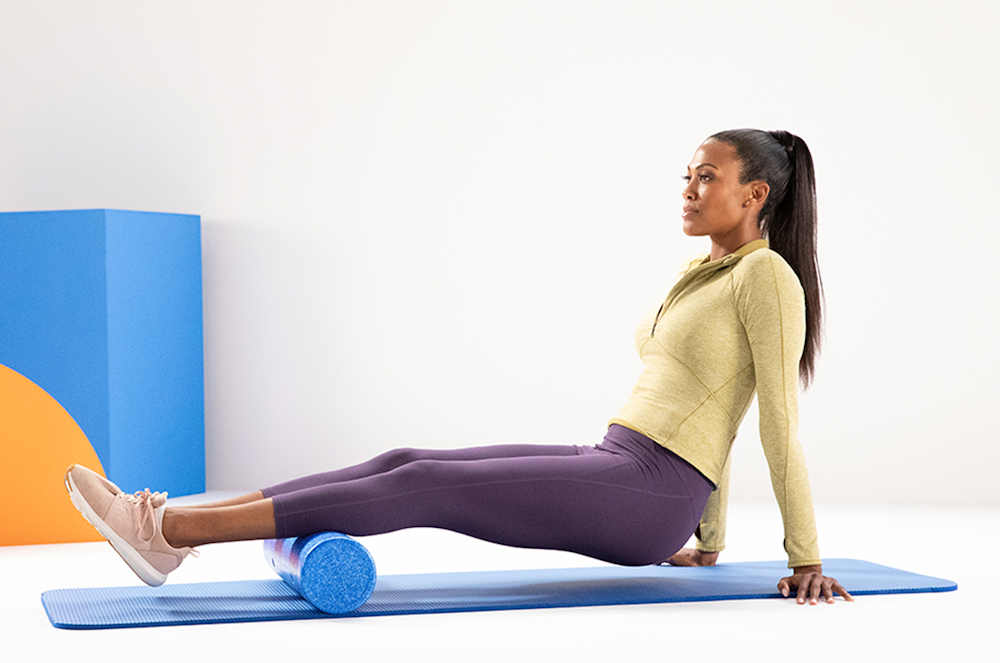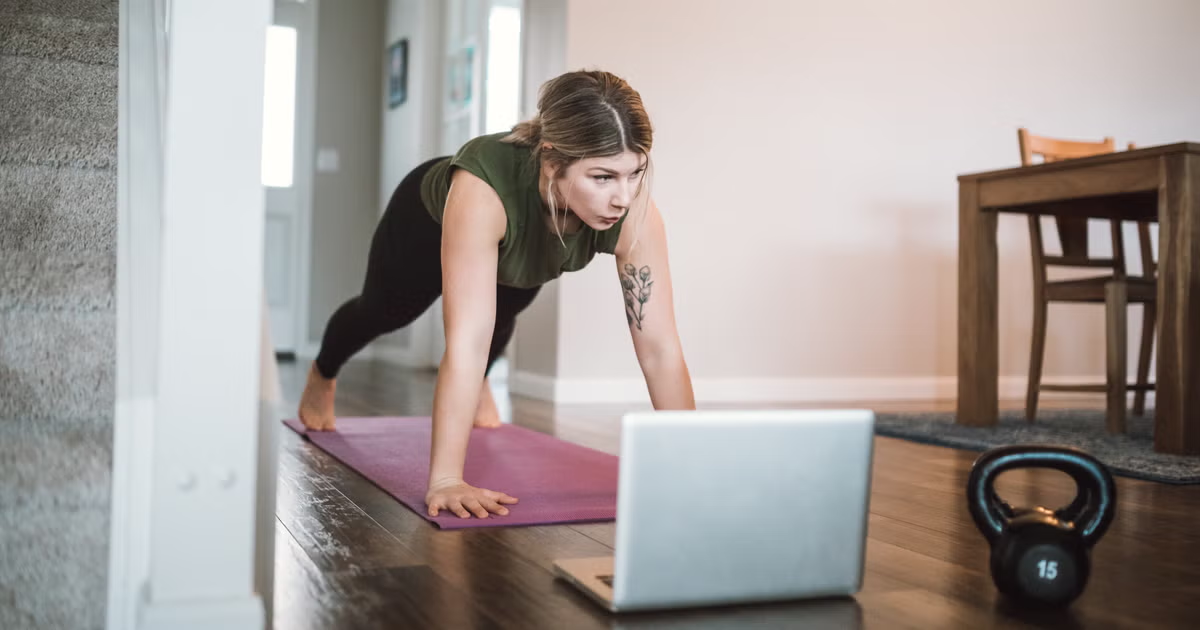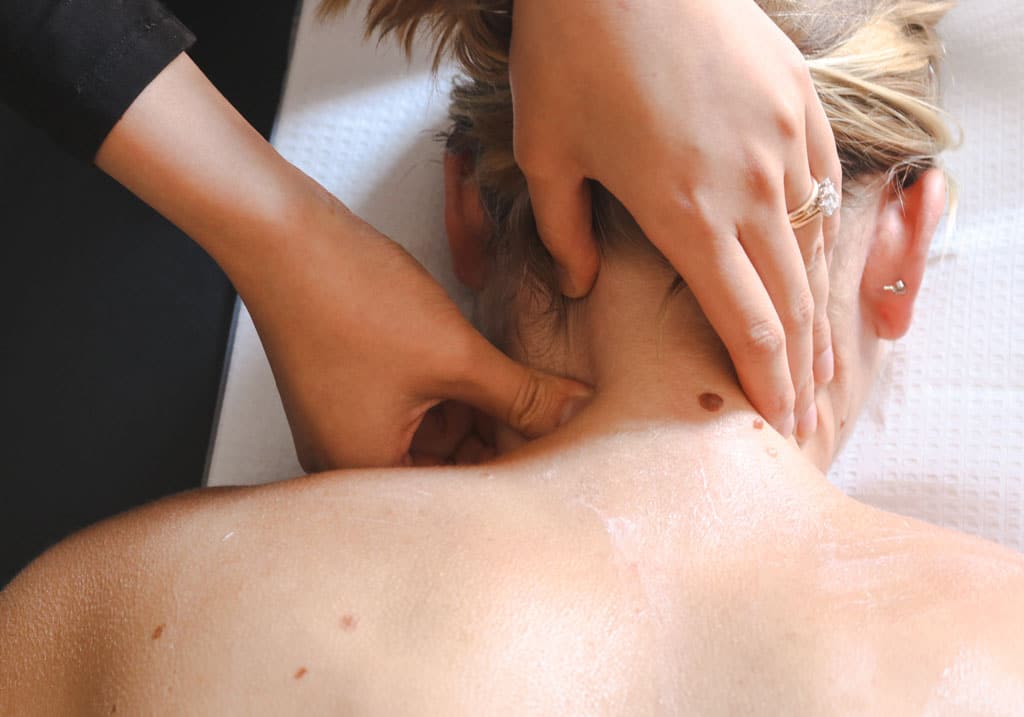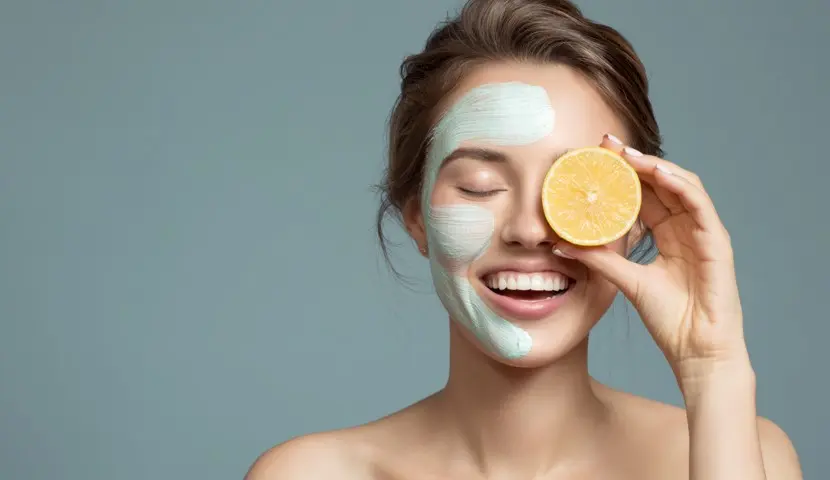Stress has become a common companion in our busy modern lives, impacting both our mental and physical health. Muscle tension, headaches, anxiety, and fatigue are all signs of stress manifesting in the body. Fortunately, simple techniques like foam rolling and face rolling can significantly relieve stress, promoting calmness and relaxation. In this blog, you’ll discover practical techniques for using foam rollers and face rollers to foster a healthier mind and body.
1. Understanding Stress and Its Effects
Stress triggers the body’s fight-or-flight response, releasing hormones like cortisol and adrenaline. Chronic stress leads to ongoing muscle tension, disrupted sleep patterns, headaches, jaw tightness, and even skin problems like dullness and puffiness. Understanding these effects can help you better target stress relief methods.
Foam rolling and face rolling are two accessible tools to alleviate stress, reduce muscle tension, and rejuvenate both mind and body, offering immediate and lasting relief.
2. Foam Rolling for Stress Relief
Foam rolling is not just beneficial for athletes or fitness enthusiasts; it’s a powerful practice for anyone dealing with daily stress. Regular foam rolling promotes blood circulation, relaxes tense muscles, and encourages mindfulness, contributing significantly to stress reduction.
Techniques:
Gentle Back Roll:
- Sit on the floor with the foam roller positioned behind your lower back.
- Gently lean back, keeping your knees bent and feet flat.
- Slowly roll the foam roller up and down your back, breathing deeply, allowing the tension to ease away.
Neck and Shoulder Release:
- Lie on your back with the foam roller placed beneath your upper back, near your shoulder blades.
- Support your head with your hands and gently roll side-to-side or up and down.
- Spend extra time on any tight spots, breathing deeply and slowly to enhance relaxation.
Full-Body Relaxation Routine:
- Start with rolling your calves and thighs, followed by your glutes and lower back.
- Move gradually upward, rolling your upper back, shoulders, and neck.
- Spend 1-2 minutes on each muscle group, breathing intentionally, and focusing your mind on the sensations in your muscles to promote mindfulness.
3. Face Rolling for Mindfulness and Relaxation
Face rollers, typically made from Jade, Rose Quartz, or Stainless Steel, have surged in popularity due to their calming, refreshing effects. Using a face roller regularly promotes better circulation, reduces facial muscle tension, enhances lymphatic drainage, and contributes significantly to relaxation and mental clarity.
Techniques:
Facial Massage Routine for Stress Relief:
- Cleanse your face thoroughly and apply a facial oil or serum to ensure smooth rolling.
- Start rolling gently from the center of your face outward, beginning at the forehead, then moving down to your cheeks and jawline.
- For tension headaches or jaw tightness, focus extra time rolling the temples and jaw area using gentle, outward strokes.
- Finish with downward rolls along your neck to stimulate lymphatic drainage and relieve accumulated stress.
Evening Relaxation Routine:
- Incorporate face rolling into your nightly routine before bed.
- Use gentle, deliberate strokes to promote deep relaxation and release facial tension accumulated throughout the day.
- Complement rolling with calming music or aromatherapy for an enhanced relaxation experience, helping to improve your sleep quality significantly.
4. Integrating Foam Rolling and Facial Rolling into Your Daily Routine
Consistency is key to enjoying the stress-relief benefits of foam and face rolling. Here are practical tips:
- Morning Ritual: Kickstart your day by foam rolling large muscle groups and using a face roller to invigorate your facial muscles, enhancing energy and mood for the day ahead.
- Midday Stress-Relief: Quick sessions during breaks or lunchtime can help manage daily stress, improving productivity and focus.
- Evening Ritual: End the day with foam rolling to relieve muscle tension and a face rolling routine to soothe facial stress, promoting restful sleep.
Create a soothing environment by adding soft lighting, calming music, or essential oils to enhance your relaxation experience.
5. Additional Stress-Relief Tips to Enhance Your Routine
To maximize the effectiveness of rolling techniques, consider incorporating:
- Deep Breathing Exercises: Breathing deeply during rolling helps activate the parasympathetic nervous system, enhancing relaxation and stress reduction.
- Hydration: Proper hydration supports muscle function and skin health, increasing the effectiveness of foam rolling and face rolling.
- Mindfulness & Meditation: Pairing your rolling sessions with mindfulness or short meditation sessions can amplify the mental health benefits, further reducing stress and anxiety.
6. Recommended Products and Care Tips
Choosing quality products enhances the effectiveness of your stress-relief routine:
- Foam Rollers: Choose a roller with medium density for general use, softer rollers if you’re sensitive or just starting, and textured rollers for deeper muscle release.
- Face Rollers: Opt for rollers made from authentic stones like jade or rose quartz for cooling and calming effects. Always clean your face roller after each use with gentle soap and warm water, drying thoroughly before storage.
Conclusion
Incorporating foam rolling and face rolling into your routine can significantly reduce stress, promote relaxation, and improve overall wellness. These simple yet effective tools offer immediate benefits that enhance your quality of life. Commit to regular practice, and soon you’ll enjoy the profound impact of a calmer mind and relaxed body, making stress management an effortless part of your daily self-care.

Dilawar Mughal is an accomplished author with a passion for storytelling. His works span various genres, from thrilling mysteries to heartfelt romance novels. With a keen eye for detail and a knack for character development, Sana Fatima weaves engaging narratives that captivate readers and transport them to new worlds.










